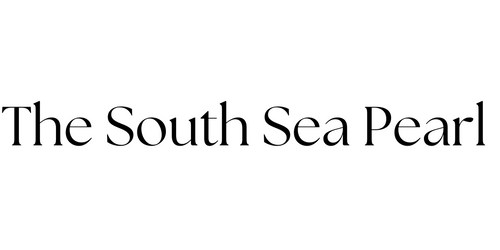What do you know about Keshi Pearls?

Keshi (ケシ), meaning poppy seed in Japanese, was originally used in Japan for very small-sized natural pearls, namely the very rare Akoya natural pearls that were locally collected until the early 20th century. Today, however, the original meaning of the word "keshi" became corrupted and is now a trade name for the nacreous non-bead saltwater cultured pearls that form, by accident or intentionally, inside pearl producing molluscs as a by-product of the classic seeding or grafting process. The first reported cultured keshi pearls in the early-20th century were associated to the then emerging Akoya cultured pearl farming in Japan and now "keshis" are are also found elsewhere and in other nacreous pearl producing molluscs (e.g. South Sea, Tahitian). Distinguishing non-bead cultured from natural pearls is very complex, requiring lab experience and modern tools - real-time X-ray microradiography (RTX) and X-ray computerised tomography (µ-CT), and often results in different interpretations. In the image, the Rockpool Styarfish Cuf by Paspaley featuring South Sea keshi cultured pearls gathered over four annual harvests, showing the exceptional character of these rare nacreous biogenic gems that are discovered in very small quantities each year .
Source: Rui Galopin de Carvalho. (Portugal Gems Academy)

Leave a comment